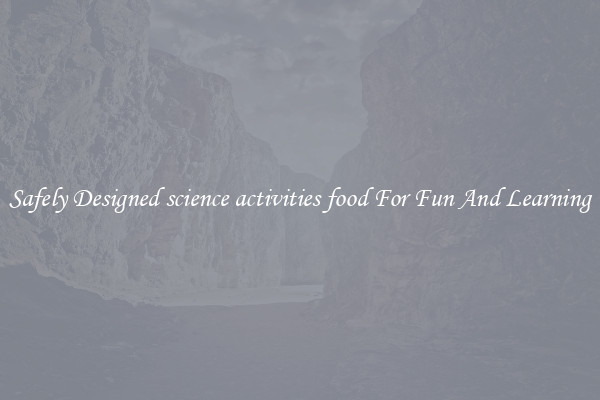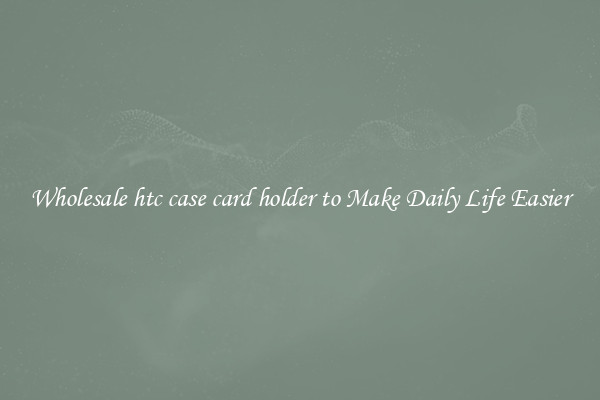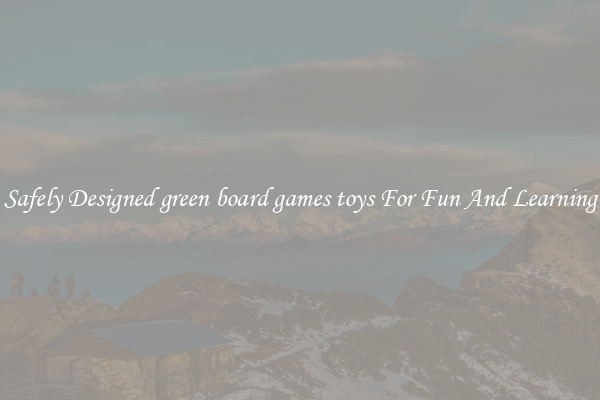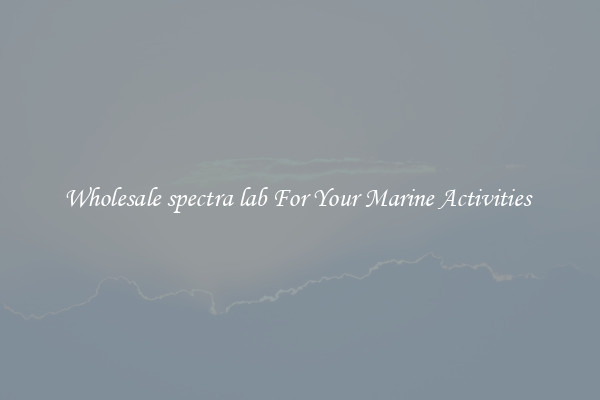Safely Designed science activities food For Fun And Learning
Safely Designed Science Activities for Fun and Learning

Science activities are a great way to engage children in hands-on learning and promote their curiosity about the world around them. However, it is crucial to ensure that these activities are designed with safety in mind. By following a few guidelines, you can create a safe and enjoyable environment for children to explore and learn through science.
First and foremost, always choose age-appropriate activities. Different age groups require different levels of supervision and comprehension. Tailor the activities to suit the children's abilities and make sure they understand any potential hazards. For example, younger children may need more guidance when using certain tools or substances, while older children can handle more complex experiments.
Provide clear instructions and demonstrations. Before starting any science activity, explain the procedure, safety precautions, and expected outcomes to the children. Show them how to handle materials properly, especially hazardous substances like chemicals or sharp objects. Encourage them to ask questions and seek clarification if something is unclear to them.
Safety equipment is a must for any science activity. Ensure that all participants have access to appropriate safety gear, such as gloves, goggles, or lab coats. A first aid kit should also be readily available in case of any accidents or injuries. Teach the children how to properly use and wear the safety equipment, and emphasize the importance of its usage.
When choosing materials and ingredients for science activities, opt for non-toxic and food-safe options whenever possible. This is especially important for activities that involve edible substances. Make sure to check the expiration dates of food ingredients and dispose of any that are past their prime. Keep in mind any allergies or dietary restrictions that the children may have and avoid using any allergens.
Furthermore, always supervise the children during science activities. Even if an activity seems relatively safe, accidents can still happen. By having an adult present, you can quickly address any potential dangers or respond to accidents promptly. Make sure to monitor the children's actions and correct any unsafe behaviors.
Lastly, encourage safe clean-up practices. Teach the children how to properly dispose of waste materials and cleaning up any spills. Also, emphasize the importance of washing hands thoroughly after handling any substances, even if they are deemed safe.
In conclusion, designing science activities for fun and learning requires prioritizing safety. By choosing age-appropriate activities, providing clear instructions, using safety equipment, opting for non-toxic materials, supervising the children, and promoting safe clean-up practices, you can create a safe environment conducive to exploration and learning. Science activities can be both educational and enjoyable when implemented with safety as a top priority.

View details

View details

View details

View details








